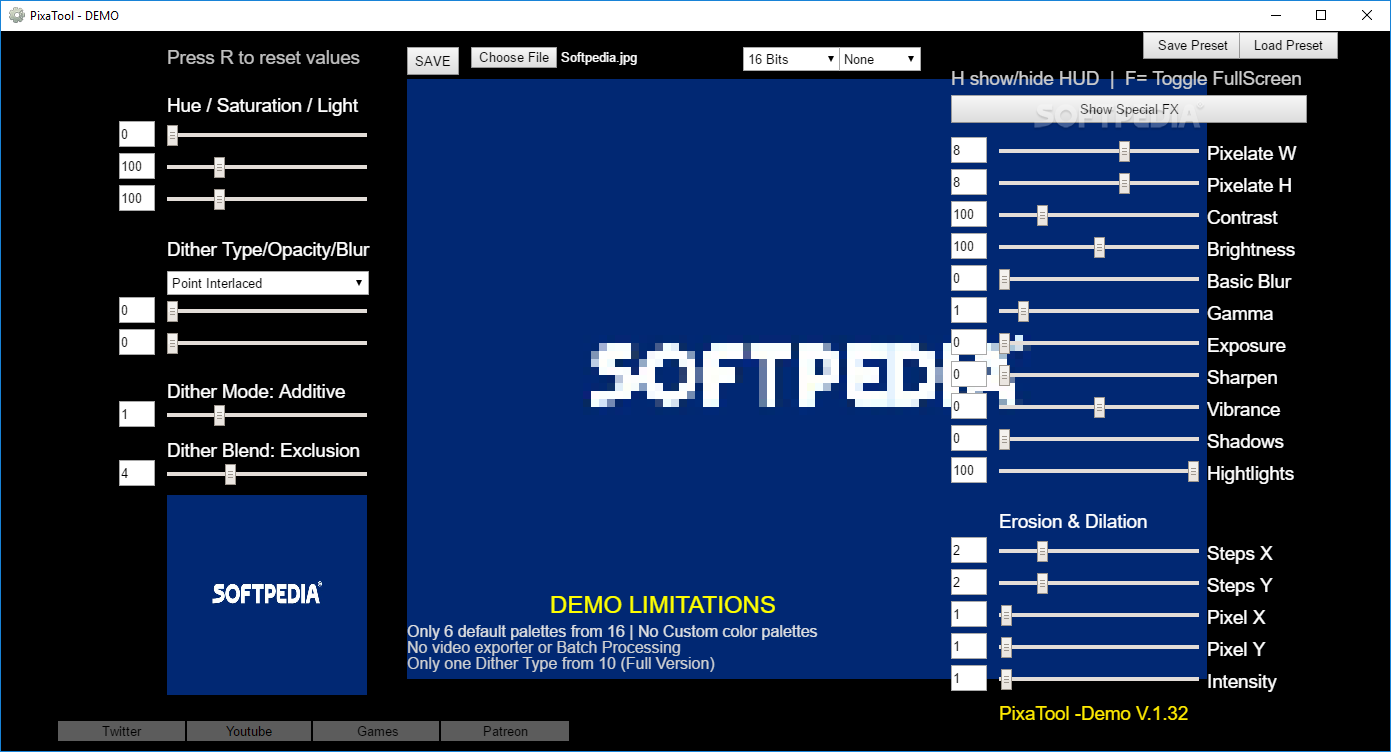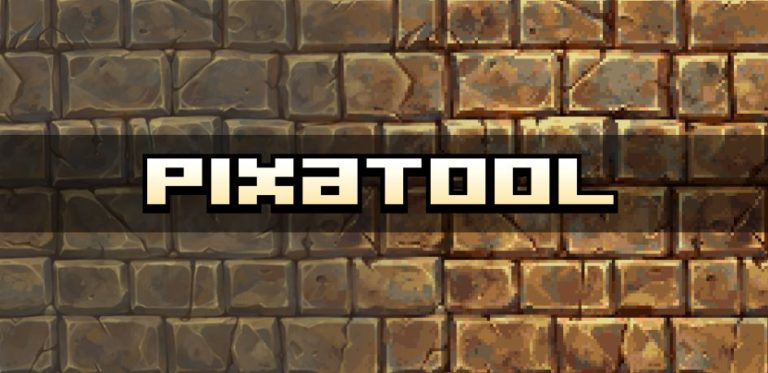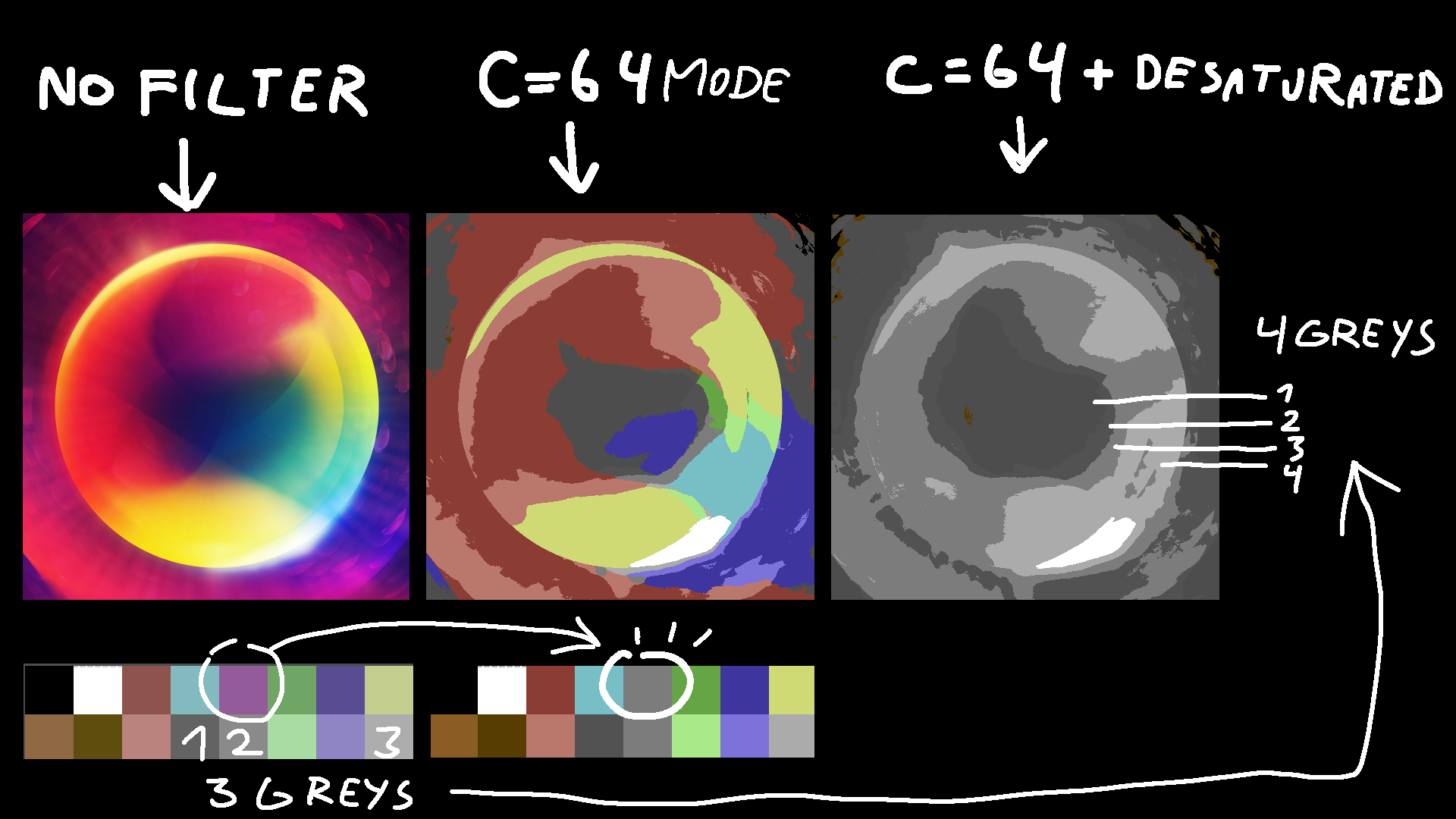

To eliminate the confusion, please only talk about the image, and not about systems that may display it.Īn image has a size in pixels (in 2 directions), and each pixel has a colour, usually in 3 or 4 channels (normally RGB and an A channel for opaqness). I still am much confused what problem you are trying to solve here.

And you could do some kind of color amount reduction, but I've never seen good results come from that either, at least not with the amount of colors under discussion. You technically could lower resolution in an art program, but details will be lost and will need to be rebuilt(if the new resolution has space). The final catch with this.I don't think there is going to be a good automatic way to do this at all. The other thing to consider is lowering the resolution, and a good resolution for "8bit" sprites would be 16x16 in my opinion.

You could also find or create a small palette to choose from for all the sprites in a game(or art piece or whatever). If you want to lower "bits" of more modern sprites, a good place to start is simply using less colors per sprite. If I remember correctly, the palette had around 56 colors(and was lacking in certain colors, like browns), and you could only have 3 colors in use for a single sprite(with the "4th" color being transparency). The NES sprites had limits in both the palette they could choose from, and the amount of colors that could actually be used for each sprite. If that is the case, it would be good to specify. The issue I see with your question is.what defines 16/32-bit as far as sprites go? I'm guessing you are referring to the limitations some systems had, for example, the PS1 sprites are sometimes considered 32bit, SNES/Genesis as 16bit, and then NES as 8bit.


 0 kommentar(er)
0 kommentar(er)
